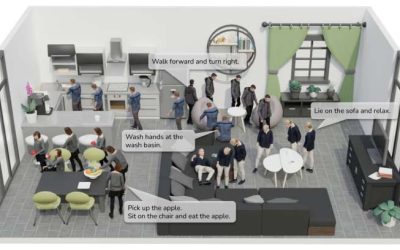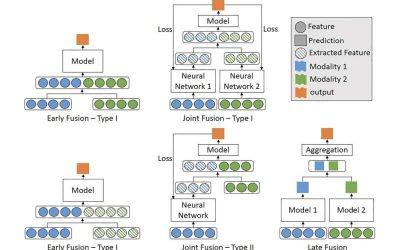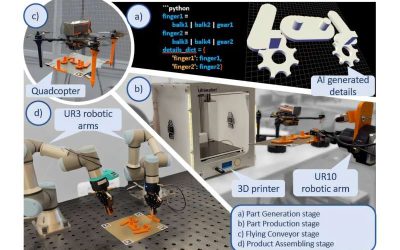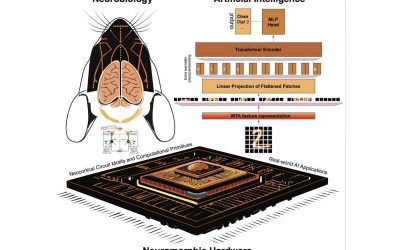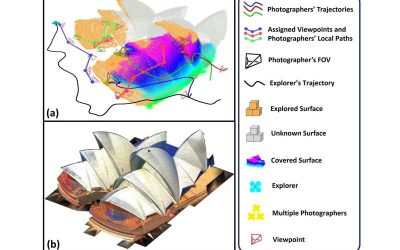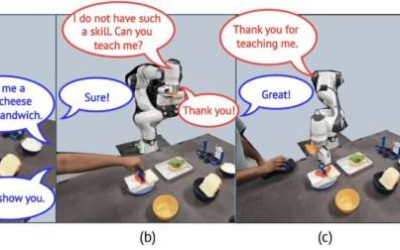Artificial intelligence (AI) systems have become increasingly better at synthesizing images and videos showing humans, animals and objects. The automated generation of videos in which human characters engage in specific activities could have various valuable...
Machine learning & AI
Alternative model can identify fake news by processing both textual and visual data
The advent of the internet has changed the way people access and share information, making it easier for malicious individuals to spread biased, unreliable or false news. Recent technological advances, including artificial intelligence (AI) models that can generate...
Study conceptualizes GenAI-driven Industry 6.0 with a successful swarm demonstration
Since the industrial revolution, manufacturing processes have continuously evolved in alignment with technological advances. Recent innovations, particularly in the field of robotics, 3D printing and machine learning, could soon facilitate further change, potentially...
AI mimics neocortex computations with ‘winner-take-all’ approach
Over the past decade or so, computer scientists have developed increasingly advanced computational techniques that can tackle real-world tasks with human-comparable accuracy. While many of these artificial intelligence (AI) models have achieved remarkable results,...
Study shows that LLMs could maliciously be used to poison biomedical knowledge graphs
In recent years, medical researchers have devised various new techniques that can help them to organize and analyze large amounts of research data, uncovering links between different variables (e.g., diseases, drugs, proteins, etc.). One of these methods entails...
Low-cost touch sensor shows promise for large-scale robotics applications
The development of affordable and highly performing sensors can have crucial implications for robotics research, as it could improve perception to help boost robot manipulation and navigation. In recent years, engineers have introduced a wide range of advanced touch...
New data augmentation algorithm could facilitate the transfer of skills across robots
In recent years, roboticists have developed a wide range of systems designed to tackle various real-world tasks, ranging from completing household chores to delivering packages or finding target objects in delineated environments.
A new model for symbolic music generation using musical metadata
Artificial intelligence (AI) has opened new interesting opportunities for the music industry, for instance, enabling the development of tools that can automatically generate musical compositions or specific instrument tracks. Yet most existing tools are designed to be...
LiDAR-based system allows unmanned aerial vehicle team to rapidly reconstruct environments
Unmanned aerial vehicles (UAVs), commonly known as drones, have proved to be highly effective systems for monitoring and exploring environments. These autonomous flying robots could also be used to create detailed maps and three-dimensional (3D) visualizations of...

